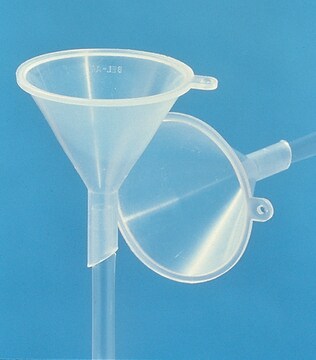MABE1795
Anti-PP4C Antibody, clone 7B5
clone 7B5, from mouse
Synonym(s):
Serine/threonine-protein phosphatase 4 catalytic subunit, EC: 3.1.3.16, Pp4, PPP4C, Protein phosphatase X, PP-X
About This Item
Recommended Products
biological source
mouse
antibody form
purified immunoglobulin
antibody product type
primary antibodies
clone
7B5, monoclonal
species reactivity
human
species reactivity (predicted by homology)
bovine (based on 100% sequence homology), rat (based on 100% sequence homology), rabbit (based on 100% sequence homology)
packaging
antibody small pack of 25 μL
technique(s)
western blot: suitable
isotype
IgG1κ
NCBI accession no.
UniProt accession no.
target post-translational modification
unmodified
Gene Information
human ... PPP4C(5531)
General description
Specificity
Immunogen
Application
Epigenetics & Nuclear Function
Quality
Isotyping Analysis: The identity of this monoclonal antibody is confirmed by isotyping test to be mouse IgG1.
Target description
Physical form
Storage and Stability
Other Notes
Disclaimer
Not finding the right product?
Try our Product Selector Tool.
Certificates of Analysis (COA)
Search for Certificates of Analysis (COA) by entering the products Lot/Batch Number. Lot and Batch Numbers can be found on a product’s label following the words ‘Lot’ or ‘Batch’.
Already Own This Product?
Find documentation for the products that you have recently purchased in the Document Library.
Our team of scientists has experience in all areas of research including Life Science, Material Science, Chemical Synthesis, Chromatography, Analytical and many others.
Contact Technical Service